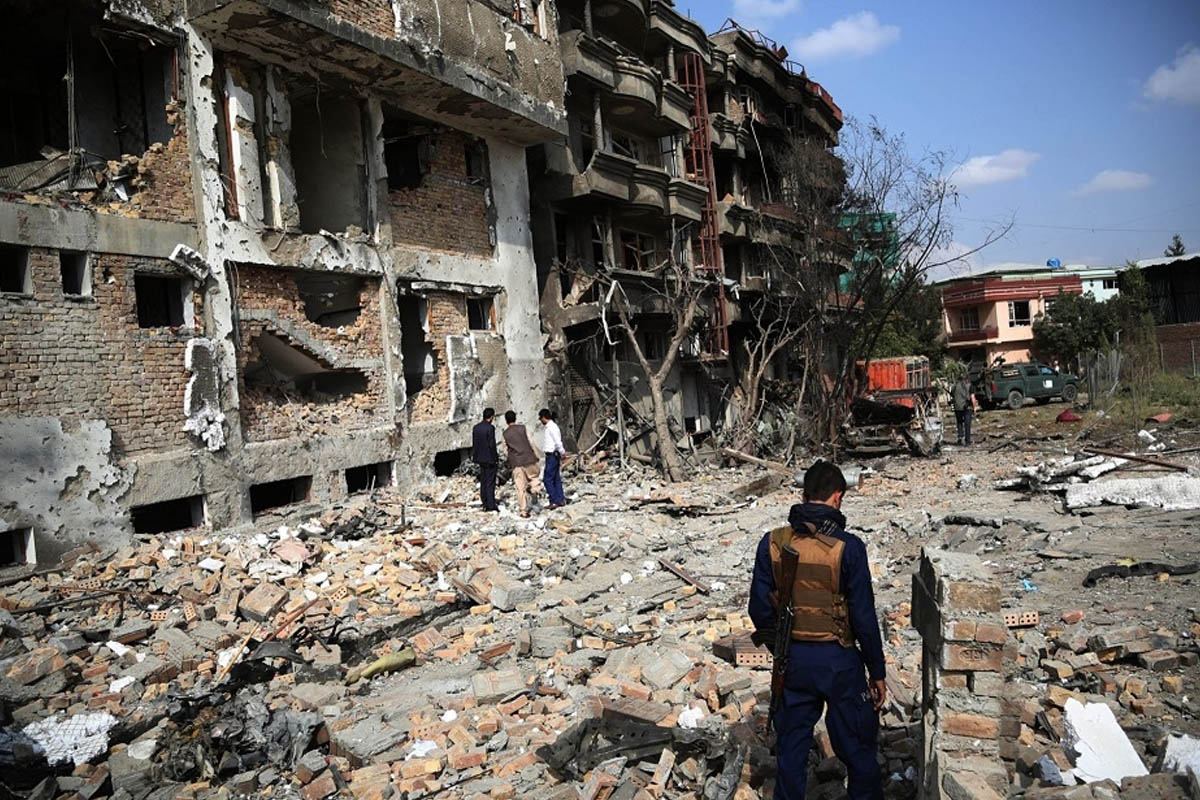Last Sunday, key districts in Afghanistan’s Badakhshan and Kandahar provinces were captured by the ever so resurgent Taliban, with the Afghan troops fleeing to neighbouring Tajikistan.
That retreat or escape, so to speak, has gained momentum with the capture of several strategic districts from the fleeing Afghan forces.
Advertisement
The latter would appear to be fighting a losing battle, and the future of the narrative is much too fearsome to imagine. More than 300 Afghan military personnel crossed over from Badakhshan as Taliban fighters advanced towards the border, Tajikistan’s State Committee for National Security said in a statement.
“Guided by the principles of humanism and good neighbourliness,” the Tajik authorities allowed the retreating Afghan government forces to cross into Tajikistan.
The subtext of Sunday’s adventure in rugged terrain must be that the Taliban is on the offensive, most particularly in the wake of the United States withdrawing from the Badgam airbase ~ 20 years after the conflict began ~ and ahead of the formal pullout which has now been deferred by two months.
Since mid-April, when President Biden announced the end to Afghanistan’s “forever war”, the Taliban has made strides throughout the country. But its most significant gains have been in the northern half of the country, a traditional stronghold of the US-allied strongmen who helped defeat them in 2001.
The Taliban now controls roughly a third of all 421 districts and district centres in Afghanistan.
The gains in north-eastern Badakhshan province in recent days have mostly come to the armed group without a battle, said Mohib-ul Rahman, a provincial council member. He blamed Taliban successes on the poor morale of troops who are mostly outnumbered and lack supplies.
The majority of the districts were left to the Taliban without any fight. In the last few days, 10 districts fell to the militants, eight without a fight. Hundreds of Afghan soldiers, police and intelligence troops surrendered their military outposts and fled to Badakhshan’s provincial capital of Faizabad.
Even as a security meeting was being held early on Sunday to plot the strengthening of the perimeter around Faizabad, some senior provincial officials were leaving the city for Kabul. In late June, the Afghan government resurrected volunteer militias with a reputation of brutal violence to support the beleaguered Afghan forces, but many of the fighters in the Badakhshan districts put up only a half-hearted fight.
The Taliban also captured a key district in its former bastion of Kandahar after fierce night-time fighting with Afghan government forces.
The fall of Panjwai district in Kandahar comes just two days after US and Nato forces vacated their main Bagram airbase near Kabul. Over the years, the Taliban and Afghan forces have regularly clashed in and around Panjwai, with the armed group aiming to seize it given its proximity to Kandahar city, the provincial capital.
















